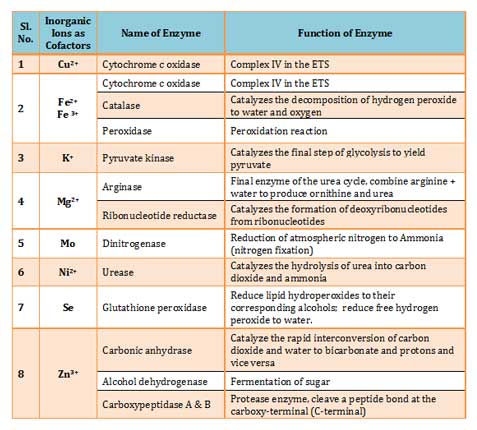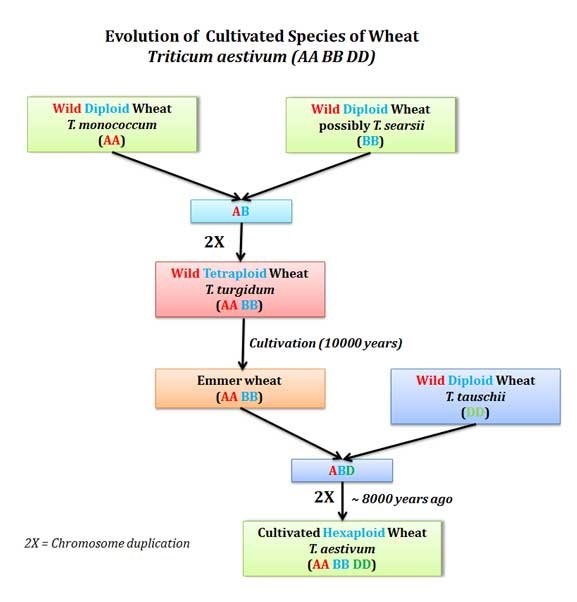
CSIR JRF NET Life Sciences Examination: December 2016
Model Question Paper with Answer Key and Explanations – Set 1/5
1. The metal component of Nitrogenase enzyme is:
a. Mananese
b. Molybdenum
c. Copper
d. Zinc
2. The only plant hormone which is NOT translocated from the cells producing it:
a. Auxin
b. Ethylene
c. Cytokinin
d. Gibberillic acid
3. Ribosomal rRNA in eukaryotes are transcribed by:
a. RNA Polymerase I
b. RNA Polymerase II
c. RNA Polymerase III
d. RNA Polymerase I and III
4. RNA-DNA hybrid always adopt A form because of:
a. Steric hindrance of –OH group in RNA
b. Steric hindrance of –OH group in DNA
c. Coiling of the molecule
d. Presence of Uracil base in RNA
5. Which plant is the most efficient converter of solar energy?
a. Wheat
b. Sugarcane
c. Rice
d. Banana
6. Riboswitches are best described as:
a. Short RNA sequences that change their conformation on binding with small molecules
b. Short RNA sequences that interact with DNA
c. Short RNA molecules that bind with proteins
d. Short RNA sequences degrade from mRNA
7. The O2 dissociation from hemoglobin causes the curve to shift to right-side by
a. Decreased CO2 tension
b. Increased pH
c. Increased CO2 tension
d. Increased N2 tension
8. Daughter of a colour blind father and normal mother marries a colour blind person. How the trait will express among their children?
a. 50 % sons and 50 % daughters
b. All sons only
c. All daughters only
d. All sons and Daughters
9. How many genetically different gametes can be made from an individual of genotype of AaBbccDDEe
a. 8
b. 32
c. 10
d. 5
10. Which among the following is a pentasaccharide?
a. Verbascose
b. Raffinose
c. Stachyose
d. Threose
11. The type of DNA is found in M13 phages is:
a. Single stranded and circular
b. Single stranded and linear
c. Double stranded and linear
d. Double stranded and circular
12. Which is the short -lived RNA?
a. sRNA
b. rRNA
c. tRNA
d. mRNA
13. In Z-DNA, helix pitch is
a. 60 Å
b. 34 Å
c. 20 Å
d. 45 Å
14. In plant systematics, a condition when a specific epithet exactly repeats the generic name is called as
a. Paranym
b. Basionym
c. Autonym
d. Tautonym
15. Klenow fragment without free nucleotides exhibits:
a. Exonuclease activity
b. Endonuclease activity
c. Nickase activity
d. No activity
16. Line Weaver – Burk plots are best used for:
a. Rate of enzyme action
b. Competitive inhibitor
c. Substrate composition
d. Group specificity
17. Which amino acid is the precursor of ethylene production?
a. Alanine
b. Threonine
c. Methionine
d. Serine
18. The common bread wheat is:
a. Allotetraploid
b. Allohexaploid
c. Auto teraploid
d. Diploid
19. The genetic disorder Albinism is due to lack of:
a. Tyrosinase
b. Phenylalanine hydroxylase
c. Kynureninase
d. Homogentisicase
20. How many triplet codons can be made from four nucleotides A, U, G and C containing no uracils?
a. 27
b. 64
c. 37
d. 6
Answer Key and Explanations
1. Ans. (b). Molybdenum
Nitrogenase enzyme is responsible for the reduction of atmospheric nitrogen N2 to NH3 in the process better known as biological nitrogen fixation, done by some bacteria and cyanobacteria. Nitrogenase requires the cofactor Mo for their catalytic function. Following table summarized different inorganic ions as cofactors of various enzymes:

2. Ans. (b). Ethylene
Auxin is synthesized from Tryptophan.
Ethylene is synthesized from Methionine.
3. Ans. (d). RNA Polymerase I and III
In prokaryotes and Archaea (Archaebacteria) only a single type of RNA polymerase occurs which synthesize all type of RNA in the cell.
In eukaryotes at least five different types of RNA polymerase enzymes occur.
RNA polymerase I: synthesize 45S rRNA which matures into 28S, 18S and 5.8S rRNA.
RNA polymerase II: synthesize all mRNA and most snRNA and micro RNA.
RNA polymerase III: synthesize all tRNA and 5S rRNA and some small RNAs.
RNA polymerase IV & V: synthesize siRNA in plants
4. Ans. (a). Steric hindrance of –OH group in RNA
5. Ans. (b). Sugarcane
Sugarcane is a C4 plant; C4 plants are more efficient in photosynthesis than C3 plants.
Examples of C4 plants: sugarcane, amaranth, sorghum, millets
Examples of C3 plants: rice, wheat, organge, apple, grapes, potato, mango
Examples of CAM plants: Pine apple, Crassula, Sedum, Some species of Euphorbia
6. Ans. (a). Short RNA sequences that change their conformation on binding with small molecules
7. Ans. (c). Increased CO2 tension
8. Ans. (a). 50% sons and 50% daughters
9. Ans. (a). 8
This can be calculated by using the formula 2n, where n is the number of heterozygous loci in the genotype of the parent. In the question, the genotype of the parent is AaBbccDDEe. In this genotype, there are 3 heterozygous loci (Aa, Bb and EE). Thus n = 3; 23 = 2 X 2 X 2 = 8
10. Ans. (a). Verbascose
Verbascose: A pentasaccharide of galactose-galactose-galactose-glucose-fructose found in some legumes.
Raffinose: A trisaccharide of galactose, glucose, and fructose usually found in some leafy vegetables such as cabbage, broccoli.
Stachyose: tetrasaccharide consisting of two α-D-galactose units, one α-D-glucose unit, and one β-D-fructose unit sequentially linked as gal (α1→6)gal(α1→6)glc(α1↔2β)fru. Found in some beans such as soybean
Threose: A four-carbon monosaccharide or carbohydrate with molecular formula C4H8O4. It has got a terminal aldehyde group
11. Ans. (a). Single stranded and circular
12. Ans. (d). mRNA
13. Ans. (d). 45 Å
Properties of Z-DNA (in bracket properties of B-DNA)
Helix : Left handed (Right handed)
Number of bases/ turn : 12 (10)
Distance between two bases : 3.8Å (3.4Å)
Pitch/turn : 45.6Å (33.2 Å)
Helix diameter : 18 Å (20 Å)
14. Ans. (d). Tautonym
According to ICBN (International Code of Botanical Nomenclature) the tautonyms are invalid names in botanical systematics, but the tautonyms are valid names in Zoological nomenclature.
Basyonym: original name based on which the new name is created
Autonym: automatically created names, according to ICBN, it is invalid names and it will be rejected.
15. Ans. (a). Exonuclease activity
Klenow fragment: the large protein fragment produced when DNA polymerase I of E. coli is cleaved enzymatically by protease enzyme subtilisin. Klenow fragment retains its 5′ → 3′ polymerase activity and the 3’ → 5’ exonuclease activity. However, it does not have the 5′ → 3′ exonuclease activity.
16. Ans. (b). Competitive inhibitor
17. Ans. (c). Methionine
18. Ans. (b). Allohexaploid

19. Ans. (a). Tyrosinase
20. Ans. (a). 27
